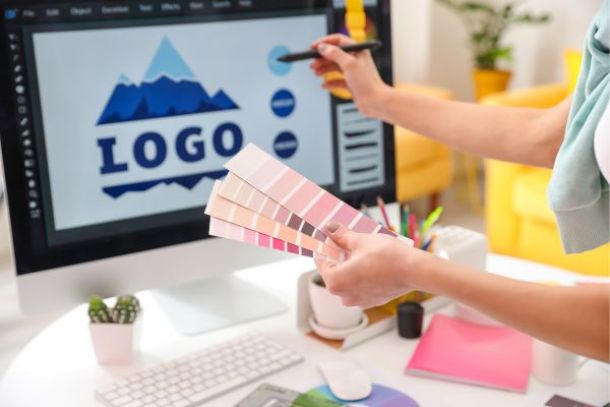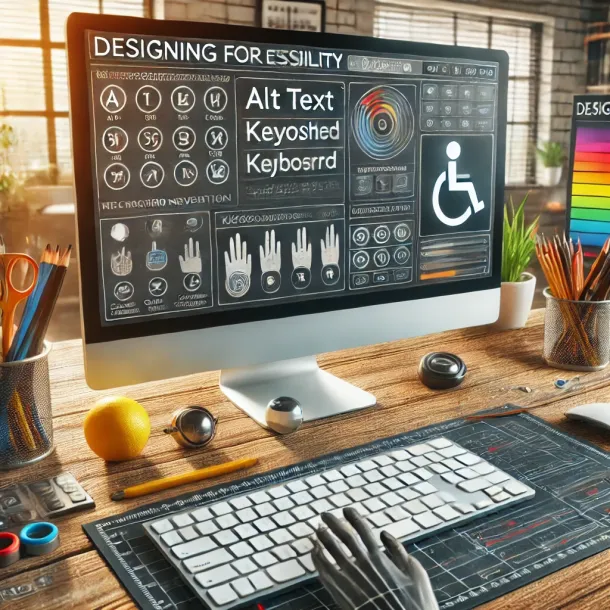The Role of Branding in Packaging Design
The Role of Branding in Packaging Design
In today’s competitive market, the role of branding in packaging design has become more critical than ever. Packaging is no longer just a functional aspect of a product; it is a powerful marketing tool that can significantly influence consumer behavior. The design of a package can make or break a product’s success, acting as the silent salesman that communicates a brand’s values, promises, and personality directly to the consumer. This article explores the profound impact branding has on packaging design and how companies can harness this influence to create lasting consumer connections.
The Intersection of Branding and Packaging
Branding is the process of creating a unique identity for a product or company that differentiates it from its competitors. It encompasses everything from the logo and color scheme to the overall tone and message conveyed by the brand. Packaging design, on the other hand, is the practice of creating the exterior of a product, including the choice of materials, graphics, colors, and fonts.
At the intersection of branding and packaging, the two elements work together to create a cohesive image that resonates with consumers. The packaging is often the first point of contact between the product and the consumer, making it a crucial element in the overall branding strategy. A well-designed package not only protects the product but also communicates the brand’s story and values in a way that appeals to the target audience.
The Psychological Impact of Packaging Design
One of the most significant aspects of branding in packaging design is its psychological impact on consumers. Packaging is not just about aesthetics; it’s about creating an emotional connection with the consumer. Research has shown that consumers often make purchasing decisions based on the emotional response they have to a product’s packaging.
For instance, colors play a critical role in influencing consumer behavior. Different colors evoke different emotions and associations. A brand that wants to convey luxury and sophistication might opt for black or gold packaging, while a brand that aims to appear fresh and healthy might use green or white. The choice of color, along with other design elements like typography and imagery, can significantly impact how a brand is perceived and whether or not a consumer will choose to purchase the product.
Brand Consistency Across Packaging
Consistency is key when it comes to branding, and this extends to packaging design. A brand’s packaging should reflect its identity and be instantly recognizable to consumers. This consistency helps build brand loyalty and trust, as consumers come to know and expect certain qualities from the brand.
For example, a brand like Coca-Cola has maintained a consistent design language across its packaging for decades. The iconic red color, the distinctive font, and the overall design of the Coca-Cola bottle are all instantly recognizable. This consistency reinforces the brand’s identity and ensures that consumers can easily identify the product on the shelves.
Consistency also involves ensuring that the packaging aligns with the brand’s values and messaging. For example, a brand that promotes sustainability should ensure that its packaging is eco-friendly and communicates this commitment to consumers. Any deviation from the brand’s values can lead to a loss of consumer trust and damage the brand’s reputation.
Storytelling Through Packaging
Packaging design offers a unique opportunity for brands to tell their story. Through the use of visuals, text, and even the physical design of the package, brands can communicate their heritage, values, and the benefits of their products. Storytelling through packaging is a powerful way to connect with consumers on a deeper level and differentiate a product from its competitors.
One effective approach to storytelling through packaging is to incorporate elements that reflect the brand’s history or origin. For example, a brand of organic tea might use earthy tones and imagery that evoke a connection to nature, along with text that tells the story of how the tea is sourced from sustainable farms. This not only reinforces the brand’s commitment to sustainability but also creates an emotional connection with consumers who value these qualities.
Another approach is to use packaging to communicate the product’s unique selling points. For instance, a brand of gourmet chocolates might use luxurious packaging with gold accents to convey the premium quality of the product. The packaging might also include details about the artisanal process used to create the chocolates, further emphasizing their exclusivity and appeal.
The Role of Innovation in Packaging Design
Innovation in packaging design is another critical aspect of branding. In a crowded market, innovative packaging can help a brand stand out and attract attention. This innovation can take many forms, from the use of new materials to unique structural designs that enhance the functionality of the package.
For example, brands are increasingly turning to sustainable packaging solutions as a way to differentiate themselves and appeal to environmentally conscious consumers. This might include the use of biodegradable materials, recyclable packaging, or packaging designs that minimize waste. By adopting innovative and sustainable packaging solutions, brands can reinforce their commitment to sustainability and appeal to a growing segment of eco-conscious consumers.
Innovation can also involve the use of technology in packaging design. For example, some brands are incorporating QR codes or augmented reality (AR) features into their packaging. These technologies can provide consumers with additional information about the product, offer interactive experiences, or even tell a brand’s story in a more engaging way. This not only adds value to the product but also enhances the overall brand experience.
Differentiation Through Packaging
In a competitive market, differentiation is key to a brand’s success. Packaging design plays a crucial role in helping a brand stand out from its competitors. A unique and eye-catching package can attract attention on the shelves and make a lasting impression on consumers.
Differentiation through packaging can be achieved in several ways. One approach is to use unique materials or finishes that give the package a premium look and feel. For example, a brand might use embossed or foil-stamped packaging to create a sense of luxury and exclusivity. Another approach is to use bold and unconventional design elements that challenge the norms of the industry.
For instance, Apple’s minimalist packaging design is a prime example of differentiation through simplicity. The clean lines, sleek design, and use of high-quality materials all contribute to a packaging design that is instantly recognizable and synonymous with the Apple brand. This minimalist approach not only differentiates Apple from its competitors but also reinforces its brand identity as a leader in design and innovation.
Packaging as an Extension of the Brand Experience
Packaging is not just a container for a product; it is an extension of the brand experience. From the moment a consumer picks up a product from the shelf to the moment they unbox it at home, the packaging plays a crucial role in shaping their perception of the brand.
The unboxing experience, in particular, has become an important aspect of branding in packaging design. Many brands now consider how the unboxing experience can be used to enhance the overall brand experience and create a memorable moment for the consumer. This might involve the use of high-quality materials, personalized touches, or unique packaging structures that add an element of surprise and delight.
For example, luxury brands often invest in elaborate packaging designs that create a sense of anticipation and excitement during the unboxing process. The use of ribbons, tissue paper, and other premium materials all contribute to an experience that feels special and exclusive, reinforcing the luxury status of the brand.
The Future of Branding in Packaging Design
As consumer expectations continue to evolve, so too will the role of branding in packaging design. Brands will need to stay ahead of trends and continually innovate to meet the changing needs of their consumers.
One trend that is likely to shape the future of packaging design is the growing demand for sustainability. As consumers become more environmentally conscious, brands will need to adopt more sustainable packaging solutions that minimize their environmental impact. This might involve the use of biodegradable materials, reusable packaging, or designs that reduce waste.
Another trend is the increasing importance of personalization in packaging design. Consumers are looking for products that feel tailored to their individual needs and preferences. Brands that can offer customizable packaging solutions or personalized unboxing experiences will be well-positioned to succeed in the future.
Finally, technology will continue to play a significant role in the evolution of packaging design. From augmented reality to smart packaging that can track and monitor product freshness, the possibilities for innovation in packaging design are endless. Brands that embrace these technologies will be able to create more engaging and interactive experiences for their consumers, further strengthening their brand identity.
Conclusion: The Power of Packaging in Branding
In conclusion, the role of branding in packaging design cannot be overstated. Packaging is a powerful tool that can significantly impact consumer behavior and shape the perception of a brand. From creating an emotional connection with consumers to differentiating a product from its competitors, packaging design is an essential component of any successful branding strategy.
As the market continues to evolve, brands will need to stay ahead of trends and continually innovate their packaging designs to meet the changing needs of their consumers. Whether through the use of sustainable materials, personalized experiences, or cutting-edge technology, the future of branding in packaging design is full of exciting possibilities.


